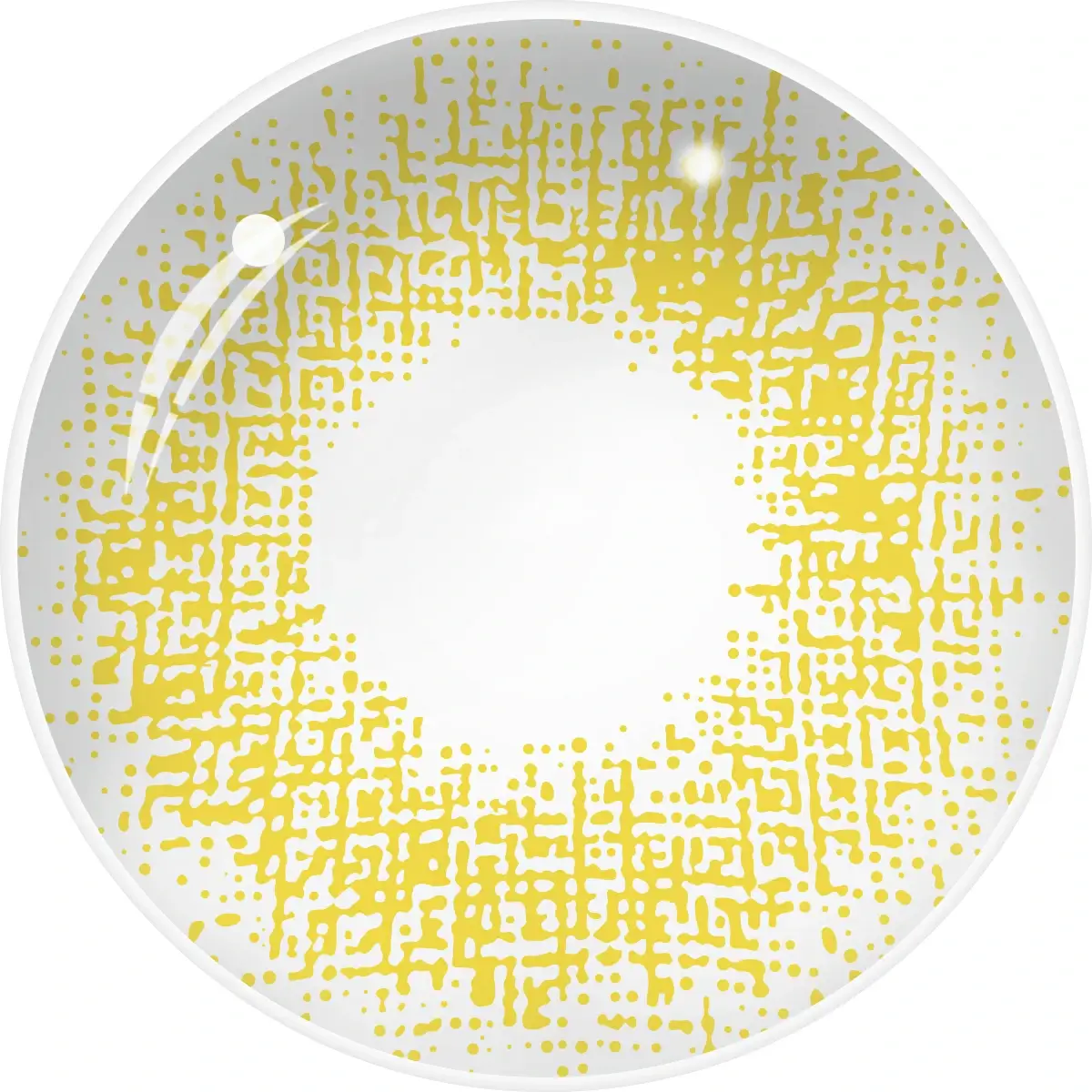Are Non-Prescription Colored Contacts Safe?
The short answer is yes, but only if purchased and worn responsibly. Here’s why safety should always be your top priority:
1. FDA Regulation Matters
In the United States, all contact lenses—prescription or non-prescription—are considered medical devices and regulated by the FDA. This means they must meet specific safety standards to be legally sold. If you purchase safe non prescription colored contacts from an unregulated source, such as a costume shop or online retailer that doesn’t require a prescription, the lenses may be unsafe. They could be made from inferior materials or coated with harmful dyes that can irritate your eyes.
2. Risk of Infection and Damage
Improperly fitted lenses, including non-prescription colored contacts, can cause a range of problems, such as:
- Scratches on the cornea
- Decreased oxygen supply to the eye
- Eye infections, which, in severe cases, can lead to vision loss
Always ensure the lenses you purchase are the correct size for your eyes. Many colored contacts, including 14.0 diameter contact lenses, are designed to fit most eyes, but an eye doctor should confirm if they are suitable for your specific needs.
3. Proper Care is Crucial
Even if your non-prescription colored lenses are FDA-approved, improper handling can lead to serious eye issues. You must clean and store them correctly, just as you would with prescription lenses. Neglecting hygiene can result in infections like keratitis, which causes redness, pain, and blurred vision.
What to Look for When Buying Colored Contacts
When shopping for colored contacts, especially non-prescription lenses, keep the following tips in mind:
1. Choose FDA-Approved Brands
Always purchase lenses from reputable retailers that sell FDA-approved products. Some brands now offer colored lenses in both prescription and non-prescription forms, including options like colored multifocal contact lenses or multifocal contacts colored, which are great for people needing vision correction but still wanting a pop of color.

2. Get a Fitting from an Eye Doctor
Even if you don’t need corrective lenses, an eye doctor can measure your eyes and recommend the best lens size and type for you. For example, lenses with a 14.0 diameter are common, but they may not suit everyone.
3. Avoid One-Size-Fits-All Lenses
Many cheap, non-prescription colored contacts are marketed as “one-size-fits-all,” which can be dangerous. Your eyes are unique, and ill-fitting lenses can lead to discomfort or even permanent damage.
